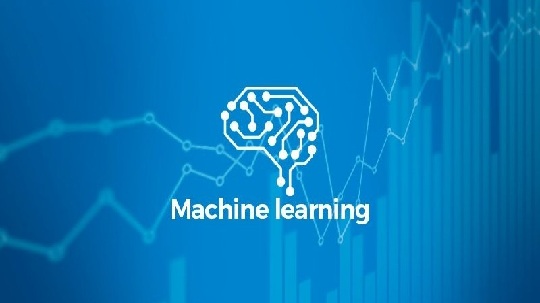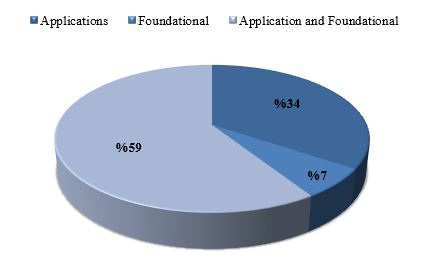
Machine learning technologies underpin artificial intelligence (AI Machine learning algorithms are applied to make predictions and conclusions when provided with data and allow computer system to make intelligent decisions. Recent patent data shows machine learning technology is an area of outstanding growth and investment across the world. Since 2012, patenting of AI and machine learning related technologies has increased significantly. Applicants are commonly large corporations or universities. China is both the largest patent filing destination and the largest source of patent family filings in machine learning, with the State Grid Corporation of China playing the largest role in this sector. The United States, South Korea and Japan are the other major players in this sector. In real world applications of machine learning, the telecommunications sector had the most patent filings, like reflecting the growth and net worth of this sector in the global economy. This is mirrored by development of core capabilities in image and video analysis .Underlying these advances, the most significant developments in foundational technologies since 2012 were found in supervised or semi-supervised learning techniques. Analyzing the technical content of patents can provide insights into specific technologies. These insights highlight areas of commercial interest and can be used to inform research and commercialization strategies. The patents identified in analysis relate to machine learning applications, machine learning foundational technologies, or both. In follow, the figure shows what percentage of patents related to these.

Chinese applicants have the most filings in each core capability¸ with 77 per cent of patent applications for image and video analysis, 72 per cent for control and automation, 71 per cent for signal analysis, 66 per cent for analytics and processing and 49 per cent for speech and text analysis originating from applicants in China. The United States is second for speech and text analysis with 35 per cent of patent families originating there. This is a focus of the United States, which has 23 per cent of total patent families in analytics and processing and less than 20 per cent of patent families in any other application field.
The State Grid Corporation of China (State Grid), which is also the leading applicant in machine learning techniques, ranks top in patent filings relating to data analytics and processing, signal analysis and field only applications. State Grid also has a rich patent portfolio in the control and
automation, and image and video analysis capabilities. The Chinese Academy of Sciences rank top in patent filings for image and video analysis, and ranks in the top six for all other application sub-categories as. Notably, the Chinese Academy of Sciences also ranks second in machine learning foundational technologies, discussed later in this report. IBM, Alphabet and Microsoft take the lead – first, second and third, respectively – in patent applications relating to speech and text analysis. Each company also has a strong patent portfolio in analytics and processing and image and video analysis. Xidian University ranks second in the image and video analysis sub-category. This is clearly a focus of the university, comprising 83 per cent of their patent portfolio relating to machine learning applications. They are also the third top applicant in the category of machine learning foundational technologies.
Depending on the industry and focus, patent landscape can differ widely, making it all the more important to do landscape research specific to your needs. A look at the machine learning patent landscape shows that Microsoft and Alphabet currently hold the most – and highest quality – patents. However, the data also shows that leadership positions can change very quickly in this rapidly developing technology field. In particular Chinese companies are among the most prolific filers in this space, nevertheless their patents fall short in terms of impact and quality.






